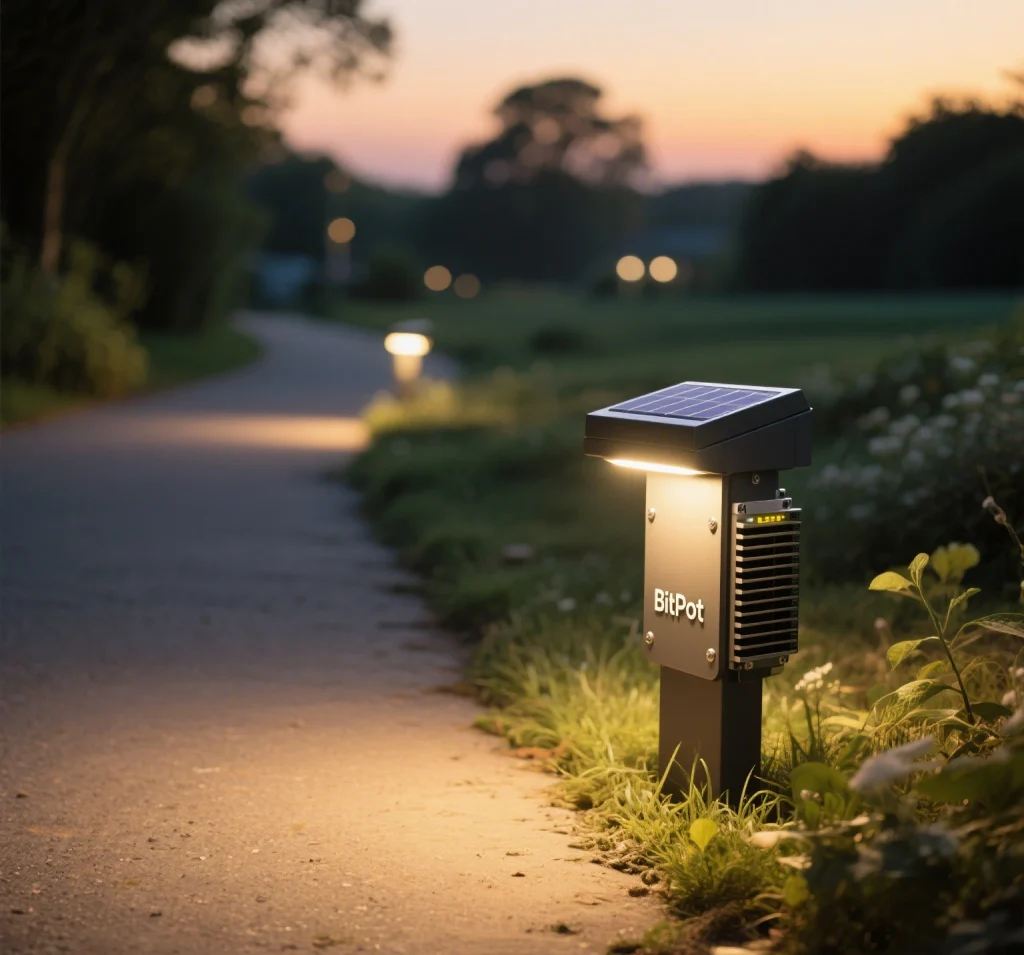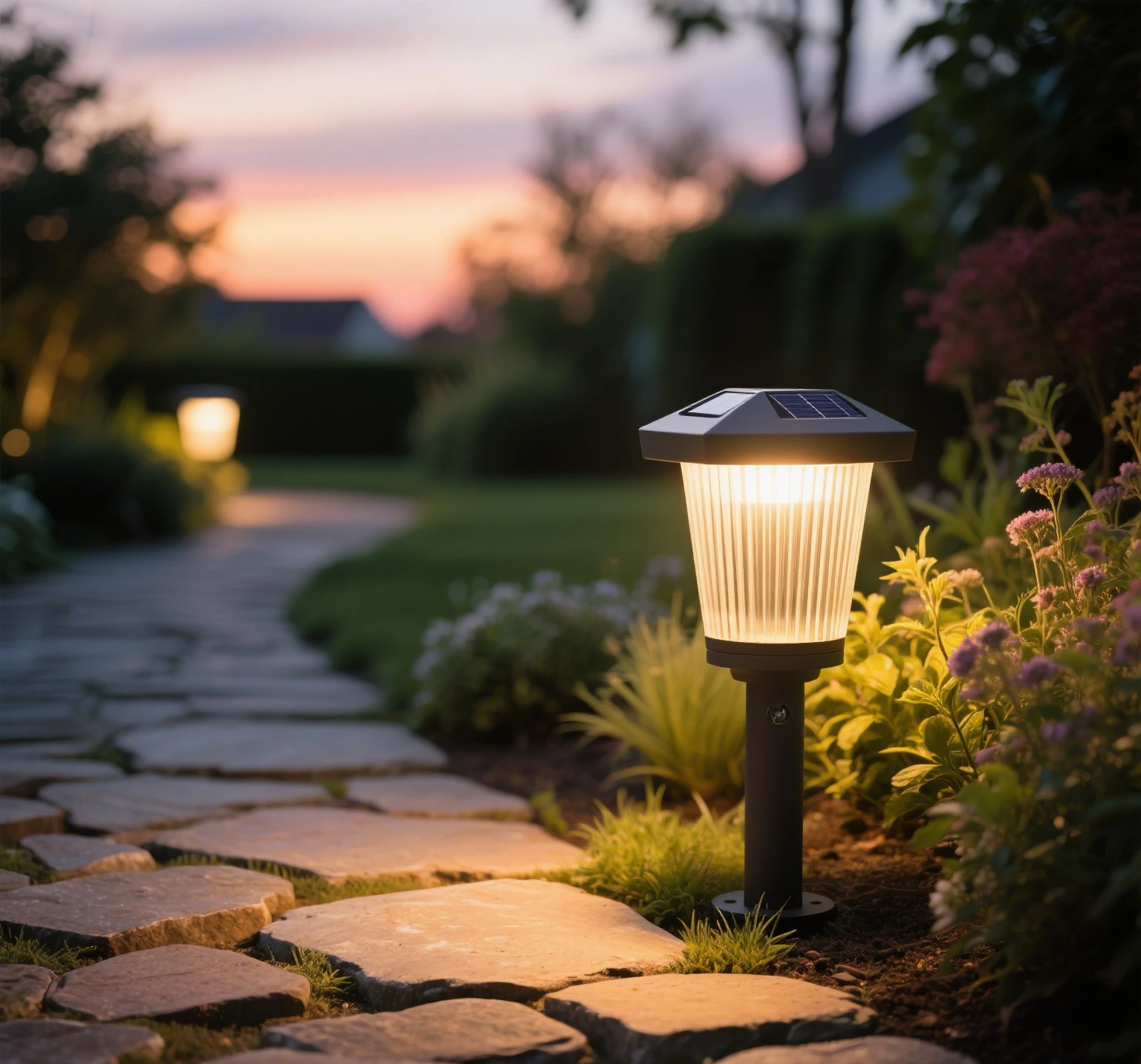In the realm of solar lighting, solar LED lights are widely used for garden and pathway illumination due to their energy efficiency and eco-friendliness. However, a persistent issue—light decay—often troubles users. Understanding the causes of light decay is crucial for selecting high-quality products and enhancing the lighting experience.

Theoretically, LED’s photoelectric conversion efficiency is impressive, around 54%. However, in actual production, limited by material quality and manufacturing processes, efficiency typically drops to about 30%. The remaining energy is largely converted into heat through non-radiative recombination, causing lattice vibrations—this is the primary source of heat in LEDs. In solar LED pathway lights, unresolved heat issues can significantly impair performance.
Several internal factors contribute to light decay in solar LED lights. Poor thermal conductivity of iron brackets, yellowing of epoxy resin, loose contact between the chip and bracket, significant chip degradation, and, in white LEDs, phosphor decay all exacerbate light decay.
For solar garden lights, battery light decay manifests as reduced energy output after receiving sunlight, while LED light decay refers to diminished luminous efficiency. Inadequate heat dissipation is a key accelerator of light decay. Even if a light boasts a long theoretical lifespan, poor heat management prevents it from maintaining initial brightness. Some premium solar LED sources mitigate reflection losses by arranging diodes on a single plane, boosting illumination. However, temperature control remains a challenge for many solar LED pathway lights.

Solar LED pathway lights typically have higher power demands than household lights, placing greater requirements on heat dissipation modules. Some manufacturers invest heavily in R&D to improve heat dissipation. After assembly, heat dissipation modules are often coated with protective paint to shield against harsh weather like rain and wind. Yet, in practice, high input power leads to elevated LED interface temperatures. If the heat dissipation module fails to effectively manage heat during prolonged operation, both LED lifespan and luminous performance suffer. Many solar LED streetlights exhibit severe light decay due to these combined factors. While anodizing offers some protection, its lifespan is limited, and over time, oxidation and discoloration occur. Reprocessing after disassembly is time- and labor-intensive, significantly raising maintenance costs. Paint protection, though cost-effective and decently protective, often lacks heat dissipation properties, with the coating potentially hindering heat release.
Among solar LED pathway light brands, some are dedicated to tackling light decay. For instance, certain brands employ advanced heat dissipation technologies, such as optimized structures and high-thermal-conductivity materials, effectively lowering operating temperatures and slowing light decay. These brands invest heavily in heat dissipation module development, ensuring efficient cooling while extending lifespan through robust protective measures. Through continuous innovation, they offer consumers more stable, long-lasting solar LED pathway lights, delivering the convenience and comfort of solar lighting. Bitpott’s solar pathway lights, for example, feature ingenious heat dissipation designs with specialized modules made from high-thermal-conductivity, corrosion-resistant materials. This reduces light decay, extends lifespan, and provides users with a stable, enduring lighting experience.

Comments